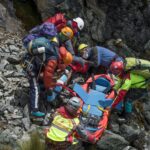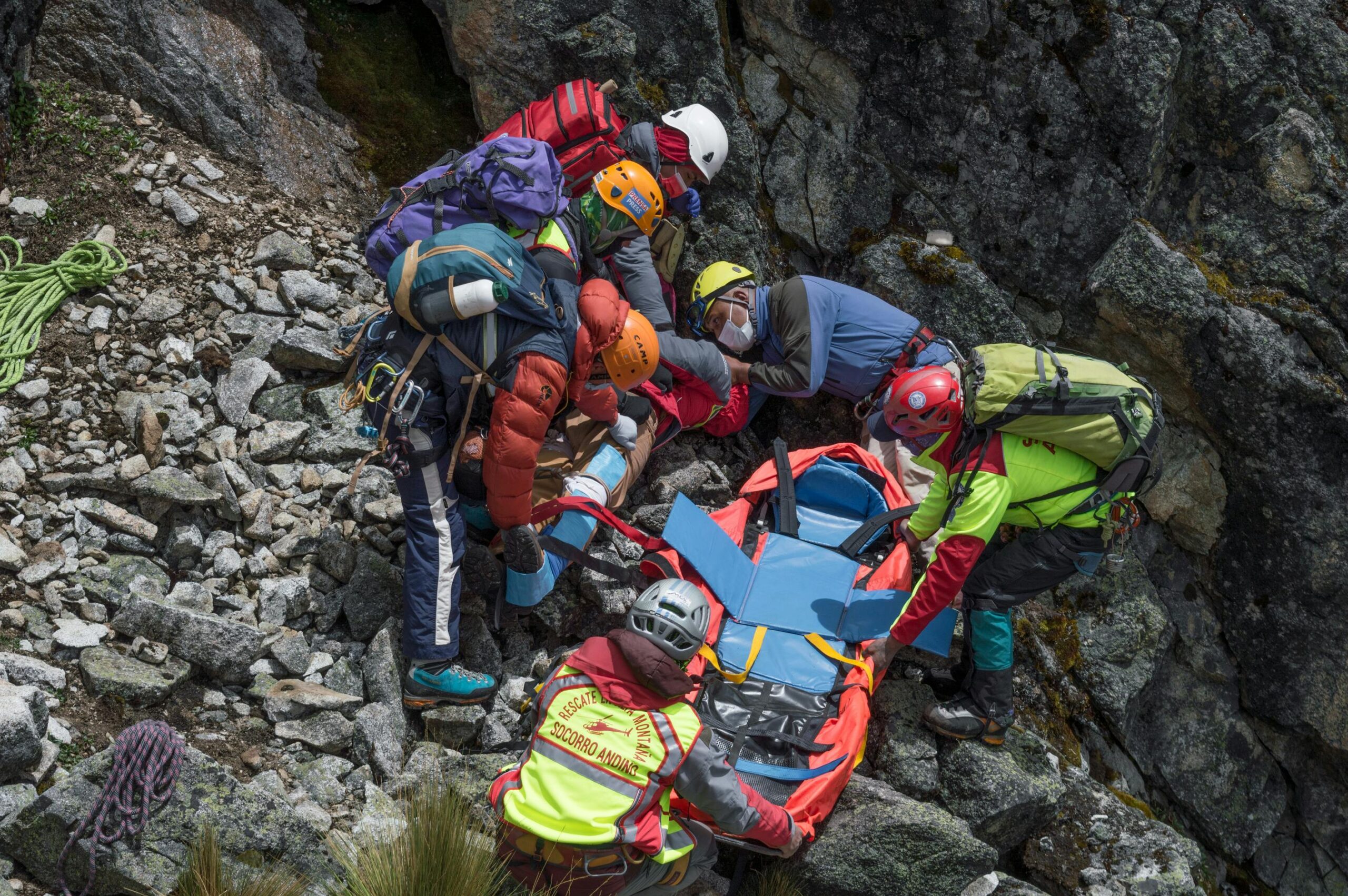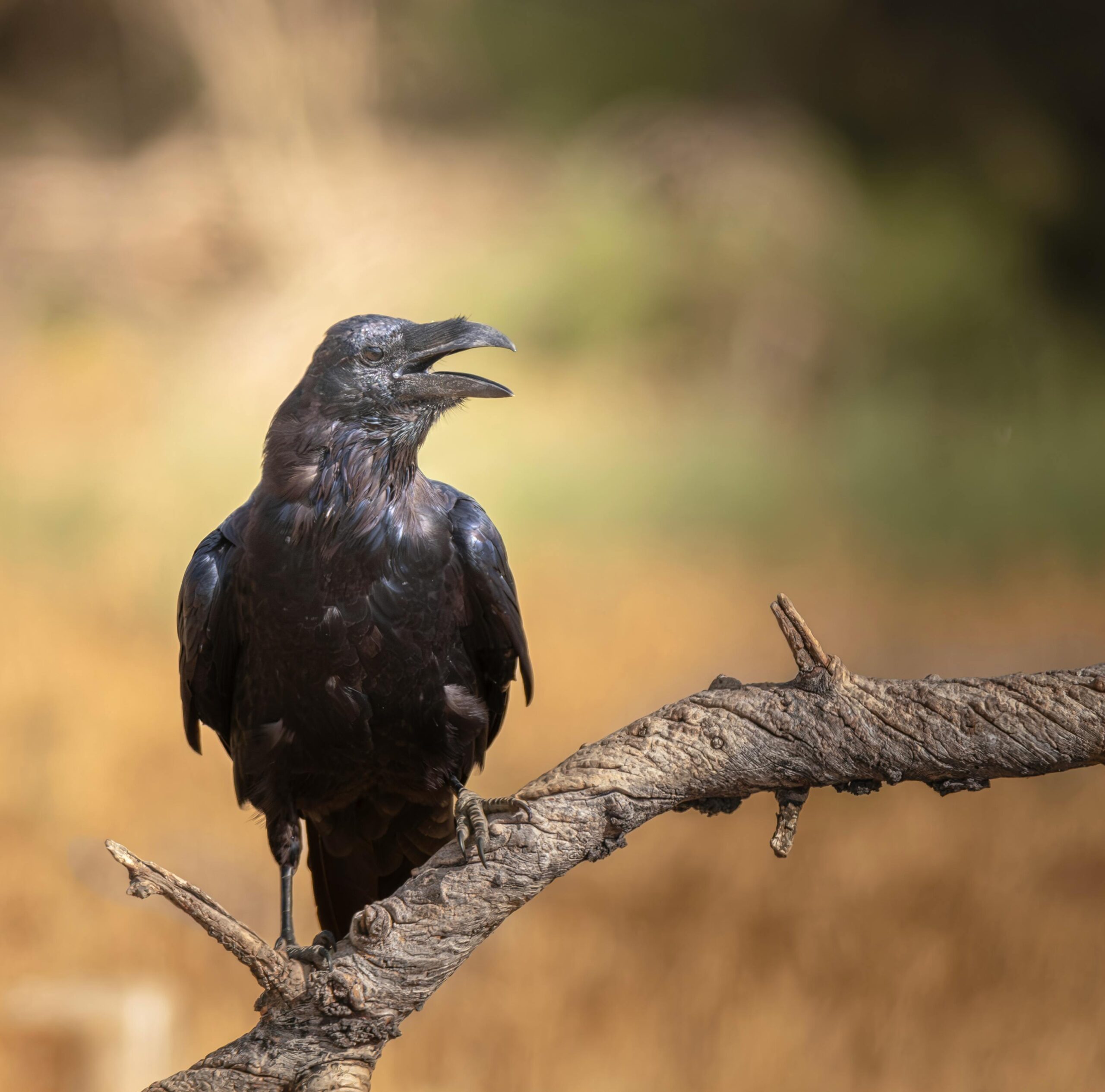Beyond the Beasts: Unraveling the Hidden Language of Animal Behavior and the Revolutionary Science That’s Redefining Our Relationship with the Wild
Introduction
In the vast expanse of the wild, a silent revolution is unfolding. Beyond the primal roars and instinctual behaviors, scientists are uncovering a complex tapestry of animal communication that challenges our very understanding of the natural world. From the intricate dance of bees to the sophisticated alarm calls of prairie dogs, each species speaks its own language, rich with meaning and purpose. As a nature photographer and wildlife enthusiast, I am thrilled to delve into the uncharted territories of animal cognition and explore how the latest scientific breakthroughs are redefining our relationship with the wild, one conversation at a time.
The Hidden Language of Animals
The Emotional Lives of Animals by Marc Bekoff and Dogs That Know When Their Owners Are Coming Home by Rupert Sheldrake are just a few examples of groundbreaking works that have laid the foundation for a new era of interspecies understanding. Temple Grandin’s pioneering research on animal emotions and Francine Patterson’s work with Koko the gorilla have shown us that animals are not just instinctual beings but complex individuals with their own emotional and cognitive landscapes.
The Revolutionary Science of Animal Cognition
Recent studies have revealed that animals are capable of complex social behaviors, emotional depth, and problem-solving abilities. For instance, research on rat behavior has shown that these creatures are not just simple pests but individuals with complex social structures and emotional lives. The concept of “behavioral sinks” in densely populated environments has also been explored, highlighting the importance of understanding animal behavior in the context of their natural habitats.
The Power of Observation
As photographers, we have the unique opportunity to observe and capture the intricate behaviors of animals in their natural habitats. By paying attention to the subtle cues and body language of our subjects, we can gain a deeper understanding of their emotional and cognitive lives. Here are a few practical tips for aspiring photographers:
- Observe and Listen: Spend time observing your subjects, listening to their sounds, and paying attention to their body language.
- Use the Right Equipment: Invest in a good camera and lens that can capture the subtleties of animal behavior.
- Be Patient: Animal photography requires patience and persistence. Take your time to wait for the perfect shot.
- Respect Your Subjects: Always respect the animals you are photographing, keeping a safe distance and avoiding disturbance.
The Future of Animal Cognition
As we continue to explore the uncharted territories of animal cognition, we are likely to uncover even more revolutionary discoveries. The use of AI technology in wildlife tracking is just one example of how science is evolving to better understand the natural world. By combining traditional methods with modern technology, we can gain a deeper understanding of animal behavior and its implications for our relationship with the wild.
Conclusion
Beyond the beasts, there lies a complex and fascinating world of animal communication and cognition. As photographers and wildlife enthusiasts, we have the unique opportunity to explore and capture this world, one conversation at a time. By embracing the latest scientific breakthroughs and respecting the animals we photograph, we can redefine our relationship with the wild and inspire a new generation of nature lovers.
References:
- Bekoff, M. (2002). The Emotional Lives of Animals: A Leading Scientist Explores Animal Joy, Sorrow, and Empathy and Why They Matter. New World Library.
- Sheldrake, R. (2011). Dogs That Know When Their Owners Are Coming Home: Fully Updated and Revised. Three Rivers Press.
- Dugatkin, L. A. (2024). The Rat Studies that Foretold a Nightmarish Human Future. The New Yorker.
- Smithsonian Magazine. (2024). Even as A.I. Technology Races Ahead, the Prehistoric Science of Wildlife Tracking Is Making a Comeback. Smithsonian Magazine.










